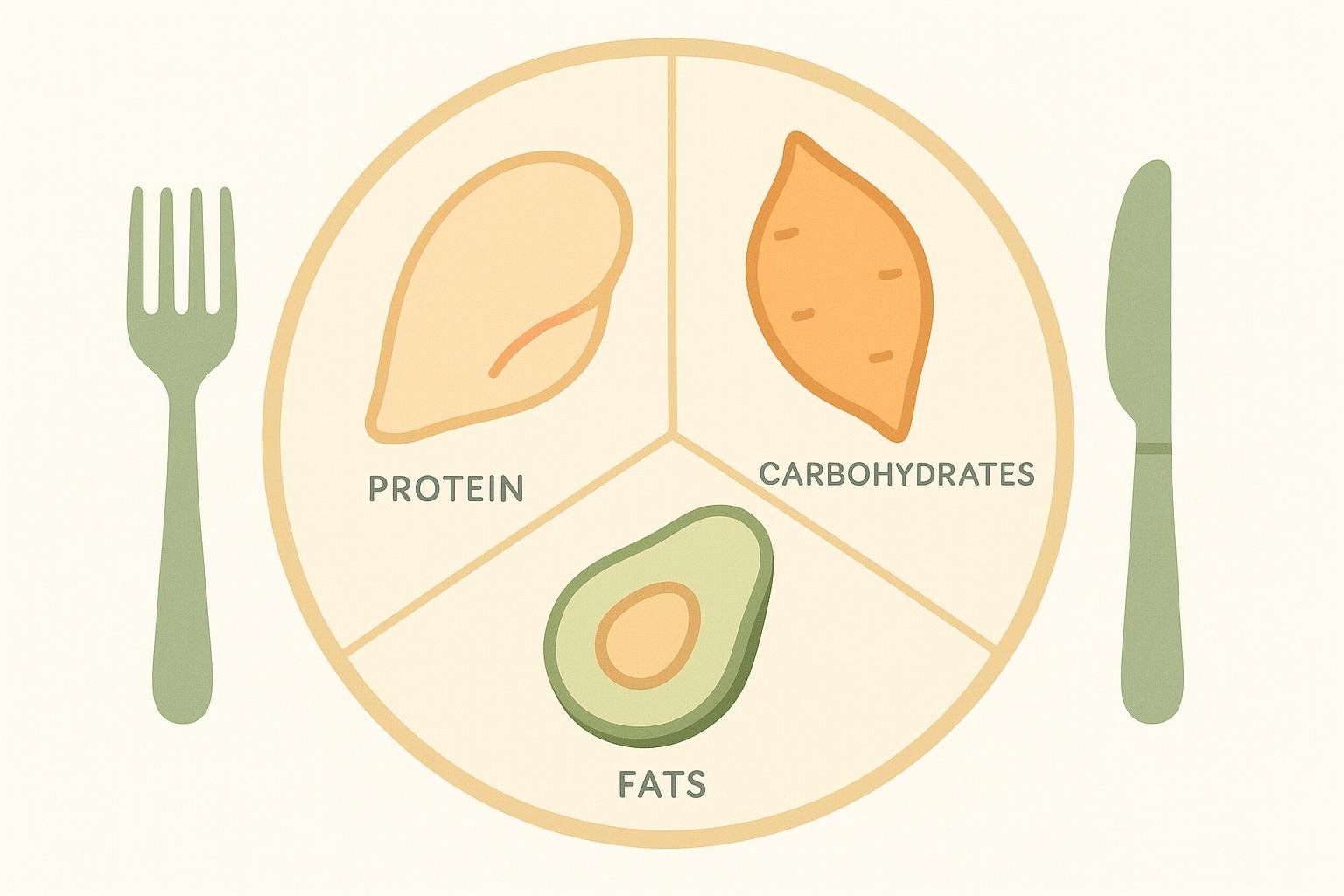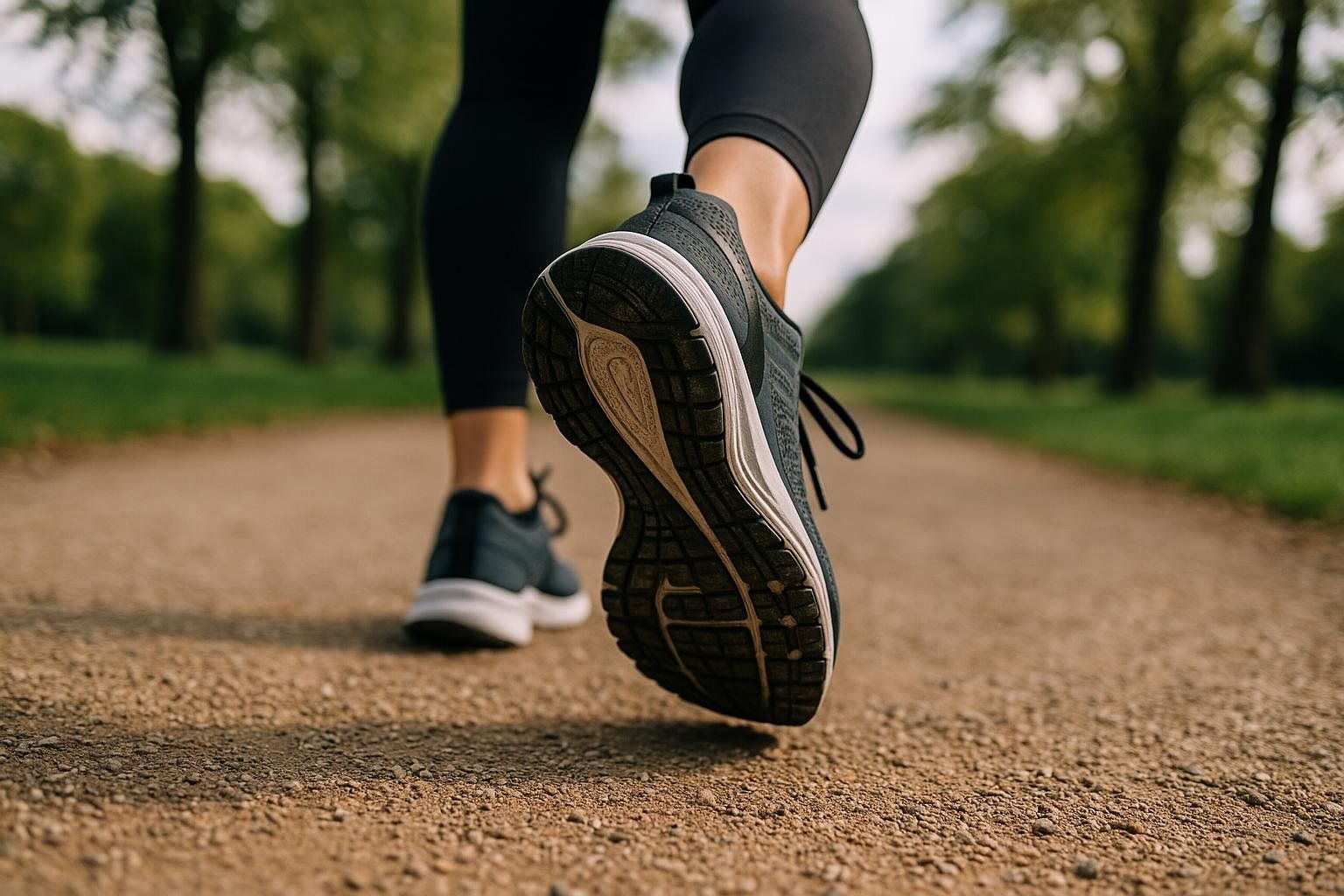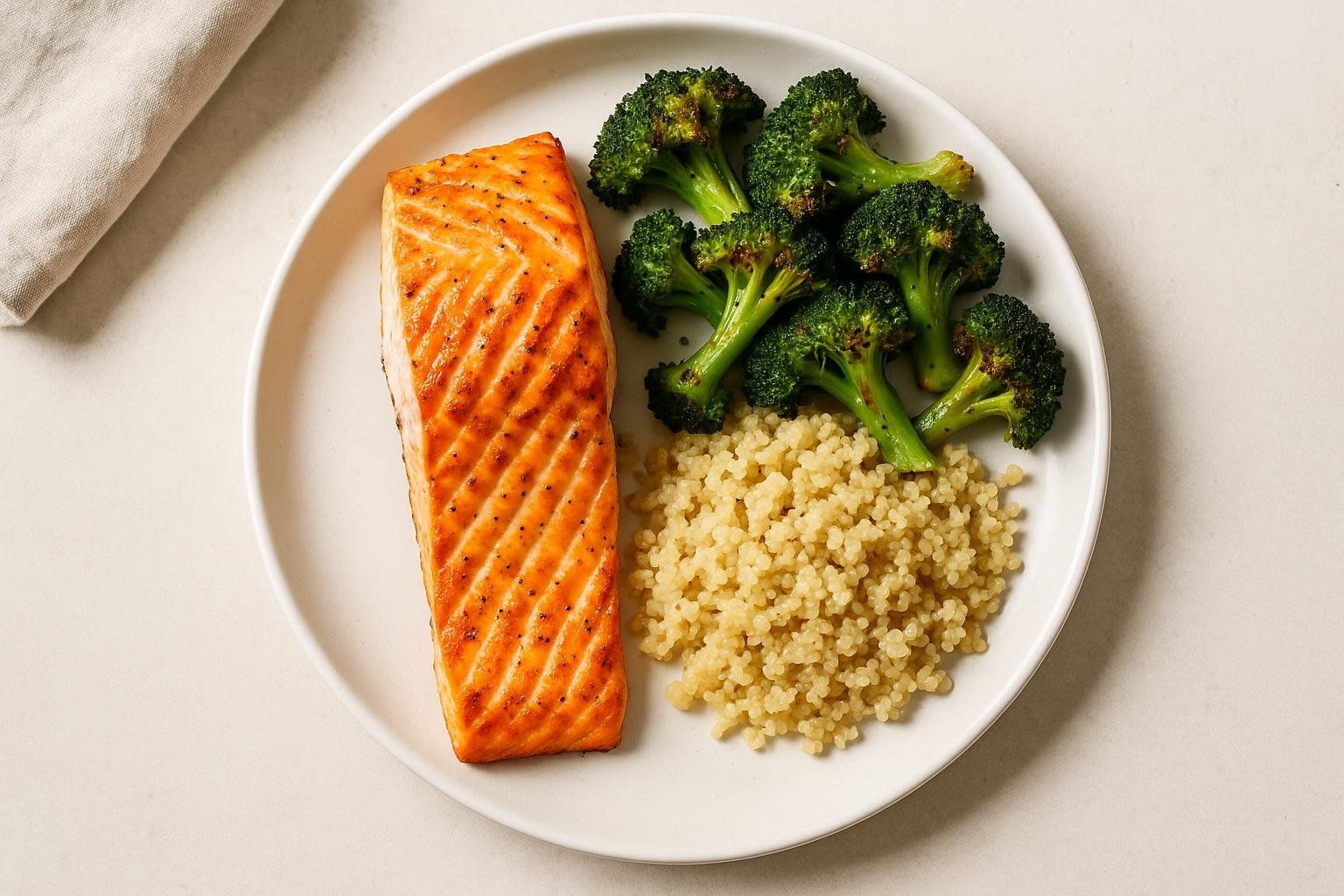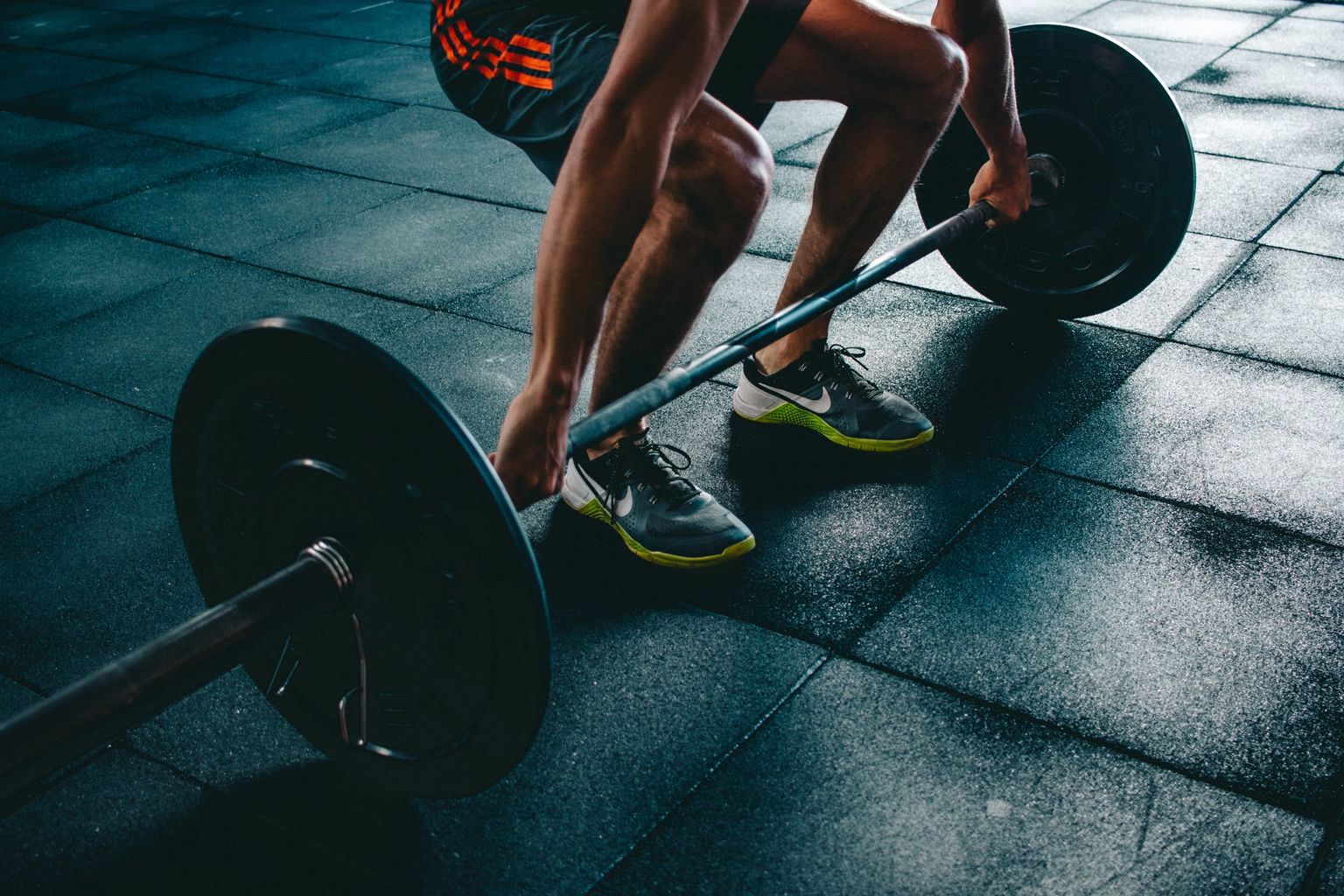How to Lose 20 lbs in 3 Months: A 12-Week Blueprint

How to Lose 20 lbs in 3 Months: Your 12-Week, Data-Driven Blueprint
Quick take: A two-pounds-per-week loss sits at the upper end of evidence-based weight-loss guidelines 1,
Shedding 20 lbs in three months is doable—but only with a smart calorie deficit, progressive exercise, and rock-solid habits.
This guide breaks the goal into three easy-to-follow phases you can start today.
Is Losing 20 lbs in 3 Months Realistic—and Safe?
Current clinical guidelines—most notably the 2014 AHA/ACC/TOS recommendations—advise that a 1–2 lbs weekly weight-loss rate is generally safe for adults PubMed. Hitting the top end of that window for 12 straight weeks adds up to ~24 lbs, so a 20-lbs goal is comfortably within evidence-based recommendations.
Why three months works:
- Motivation without burnout. A 90-day horizon is long enough for measurable body-fat change yet short enough to keep urgency high.
- Physiology. Research suggests metabolic adaptation to continuous calorie restriction can begin after roughly 4–6 weeks PubMed. Cycling your focus every four weeks may help maintain momentum and limit slow-downs.
- Lifestyle alignment. Many work projects, academic terms, and training cycles use 12-week blocks—your habits can piggyback on pre-existing routines.
Pro Tip: A DEXA scan gives you an X-ray view of fat, lean mass, and even dangerous visceral fat.
Seeing fat-mass drop—not just scale weight—keeps motivation sky-high and safeguards lean muscle.
Learn why DEXA beats BMI.
Step 1 – Calculate the Right Calorie Target (Week 0)
1. Find your maintenance burn
- Measure your Resting Metabolic Rate (RMR). A BodySpec DEXA scan includes an RMR estimate derived from your measured body composition, offering a personalized starting point. If a scan isn’t available, use our Resting Calorie Burn Calculator or plug your stats into the validated Mifflin–St Jeor equation for a quick estimate.
- Multiply RMR by an activity factor (1.2–1.7) to estimate your Total Daily Energy Expenditure (TDEE).
2. Set a sustainable deficit
A 500–750-calorie daily deficit usually produces 1–1.5 lbs of weekly fat loss. Avoid going below 1,200 cal/day for women or 1,500 cal/day for men without medical oversight.
| Goal | Suggested Daily Deficit | Expected Weekly Loss |
|---|---|---|
| Preserve muscle & energy | 500 cal | ≈ 1 lb |
| Aggressive but safe | 750 cal | ≈ 1.5 lbs |
Focus on Macros, Not Just Calories
Prioritize protein (0.7–1 g per lb of goal body weight) to protect lean tissue (3).

New to macros? Skim our primer, “The Basics of Macros” PubMed
Step 2 – Phase 1: Build the Foundation (Weeks 1–4)

| Focus Area | Weekly Target |
|---|---|
| Nutrition | Meal-prep lunches and dinners for the first three weekdays every Sunday |
| Nutrition | Hit protein target on 5 of 7 days |
| Nutrition | Replace sugary drinks with water or zero-calorie seltzer |
| Movement | Achieve a minimum of 7,000 steps per day |
| Movement | Complete three full-body strength workouts (≈ 30 min each) |
| Movement | Add one optional low-intensity cardio session |
| Habits | Power down screens by 10 pm to improve sleep quality |
| Habits | Drink 16 oz water first thing each morning |
Early success comes from consistency, not intensity. Foundation month locks in meal rhythm, movement streaks, and recovery routines.
Step 3 – Phase 2: Turn Up the Heat (Weeks 5–8)
Progressive Workouts

- Strength – 4 sessions/week using an upper/lower split; focus on compound lifts: squats, rows, push-ups.
- Cardio – Add 2 × 15-minute HIIT intervals (bike sprints, battle ropes).
- Steps – Increase to at least 8,500 steps per day to further boost your daily activity and calorie burn.
Nutrition Tweaks

- Replace refined carbs at dinner with an extra veggie serving.
- Include 1–2 higher-calorie refeed meals per week to refill glycogen and blunt hormonal adaptation.
Stress & Sleep

Poor sleep can slash fat loss by up to 55 percent versus adequate rest PubMed. Prioritize 7–9 hours nightly. For strategies, see “The Importance of Sleep for Weight Loss”.
Step 4 – Phase 3: Finish Strong & Prevent Plateaus (Weeks 9–12)
- Mid-point DEXA Scan (Week 9). Adjust calorie goals based on actual fat-mass change.
- Training Variety. Swap one HIIT day for a LISS session or vice versa to introduce a new training stimulus and help prevent adaptation.
- Cycle Deficit Size. Alternate five low-calorie days with two slightly higher-calorie days (a “5:2 deficit split”).
- Deload Week 11. Drop training volume 30 percent to recover and super-compensate in Week 12.
For more tactics, read “Breaking Through Plateaus”.
Sample One-Day Meal Plan (~1,560 Calories, ~33 % P / 40 % C / 27 % F)

| Meal | Menu | Calories | Protein (g) | Carbs (g) | Fat (g) |
|---|---|---|---|---|---|
| Breakfast | Greek yogurt (1 C) + berries + 1 tbsp chia | 252 | 23 | 30 | 7 |
| Snack | 1 hard-boiled egg + apple | 141 | 6 | 18 | 5 |
| Lunch | Turkey wrap (low-carb tortilla) + spinach + hummus | 404 | 35 | 40 | 12 |
| Snack | Protein shake (whey) + 5 almonds | 178 | 25 | 6 | 6 |
| Dinner | 5 oz salmon, 1 C quinoa, roasted broccoli | 556 | 40 | 62 | 17 |
| Daily Total | 1,560 | 129 | 156 | 47 |
Calorie math: Protein (129 g × 4) + Carbs (156 g × 4) + Fat (47 g × 9) ≈ 1,560 kcal. Adjust portions to match your personal deficit.
Why Track with DEXA Instead of the Scale Alone?
- Muscle Preservation. A scale can’t tell if the 2 lbs you lost was muscle or fat—DEXA can.
- Visceral Fat Check. Confirming internal fat reduction is better for long-term heart health.
- Motivation. Seeing muscle numbers hold steady while fat melts reinforces that the plan is working.
Learn more in “The Impact of Weight Loss on Visceral Fat”.
Common Mistakes to Avoid
- Over-restricting calories. Dip too low and you risk muscle loss and hormonal imbalances.
- Cardio only. Skipping strength training can lower metabolism and leave body-fat percentage high despite scale loss.
- Sleep neglect. Chronic sub-6-hour nights raise hunger hormones.
- Scale obsession. Schedule periodic DEXA scans for accurate tracking; calipers or BIA scales are far less precise—see our guide on comparing body-fat testing methods.
Frequently Asked Questions
Do I need supplements? No, but whey protein and creatine can make hitting protein targets and retaining muscle easier.
What if I miss a workout? No need to double-up. Simply resume the plan; consistency beats perfection.
Can I drink alcohol? You can, but even modest drinking can slow fat loss, disrupt sleep, and impair recovery. For best results, minimize or skip alcohol entirely during your 12-week push.
Keto, Paleo, Mediterranean—does diet type matter? Only insofar as it helps you sustain a calorie deficit. For a comparison, see “Mediterranean vs Paleo”.
The Bottom Line
Losing 20 lbs in 3 months is achievable if you:
- Establish an evidence-based calorie deficit.
- Commit to progressive strength and cardio.
- Layer sustainable habits—sleep, stress management, hydration.
- Track with DEXA scans so you lose fat—not muscle.
Ready to turn data into results? Schedule your BodySpec DEXA scan to set your baseline and monitor your 12-week progress—no guesswork required.
References
- Jensen MD, Ryan DH, Apovian CM, et al. “2014 AHA/ACC/TOS Guideline for the Management of Overweight and Obesity in Adults.” Circulation. 2014;129(25 Suppl 2):S102–138. PubMed
- Martins C, Roekenes JA, Salamati S. “Mechanisms responsible for adaptive thermogenesis during weight loss.” Nutrients. 2020;12(6):1632. PubMed
- Phillips SM, Van Loon LJC. “Dietary protein for athletes: From requirements to metabolic advantage.” Appl Physiol Nutr Metab. 2011;36(5):647-654. PubMed
- Nedeltcheva AV, Kilkus JM, Imperial J, Schoeller DA, Penev PD. “Insufficient sleep undermines dietary efforts to reduce adiposity.” Ann Intern Med. 2010;153(7):435-441. PubMed
Disclaimer: This article is for educational purposes only and is not a substitute for personal medical advice. Always consult a qualified healthcare professional before making significant changes to your diet, exercise, or health routine.


